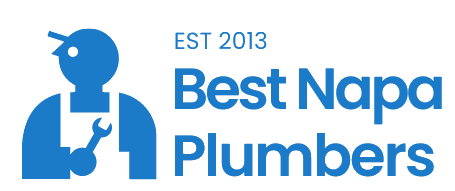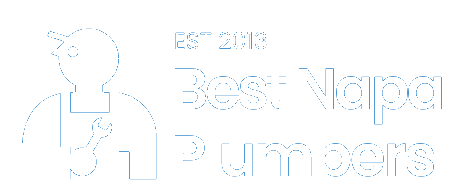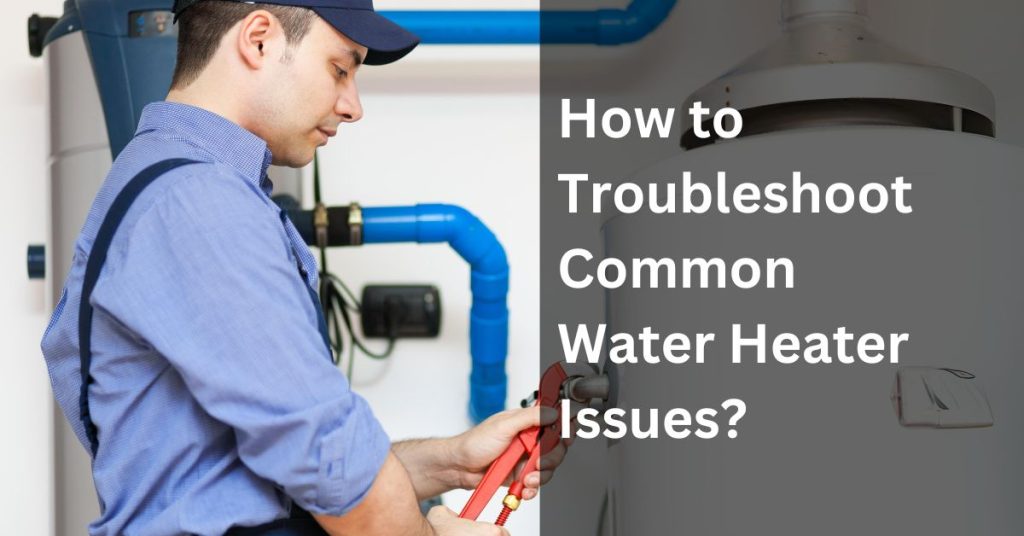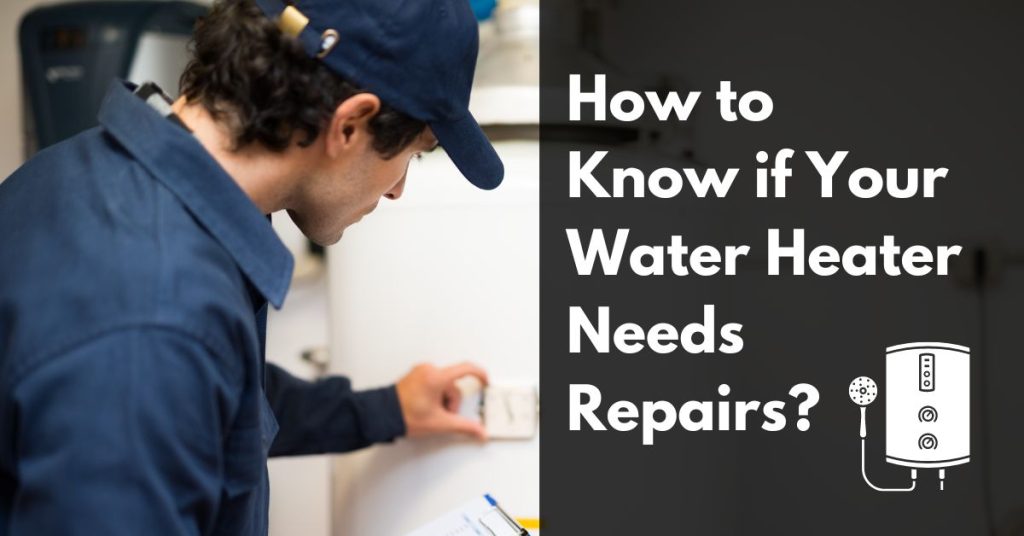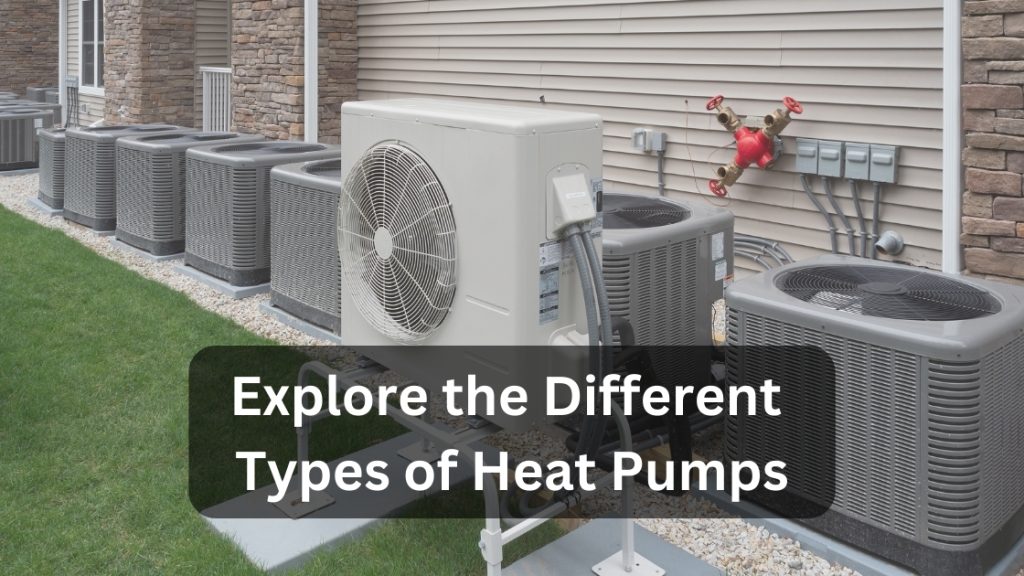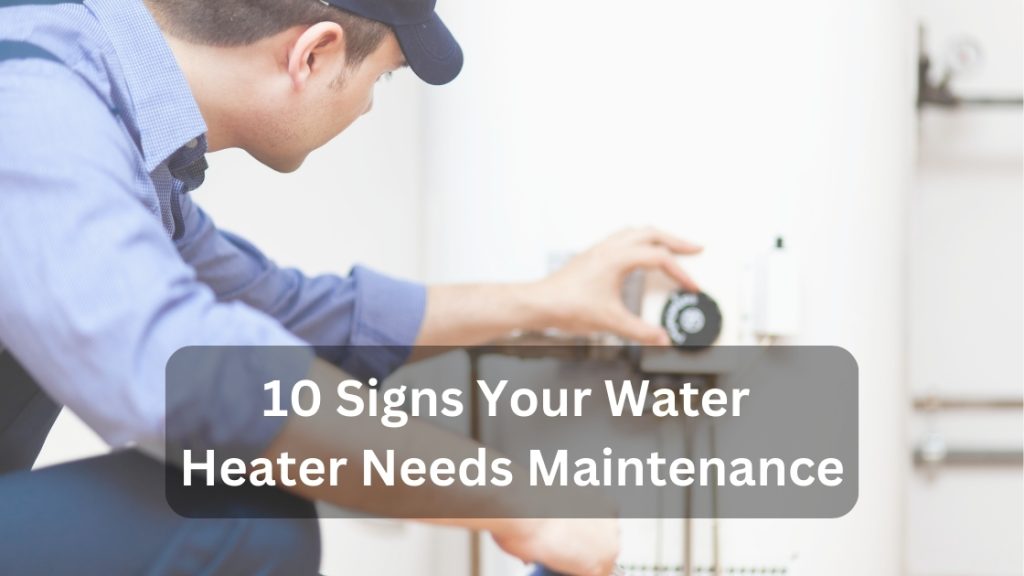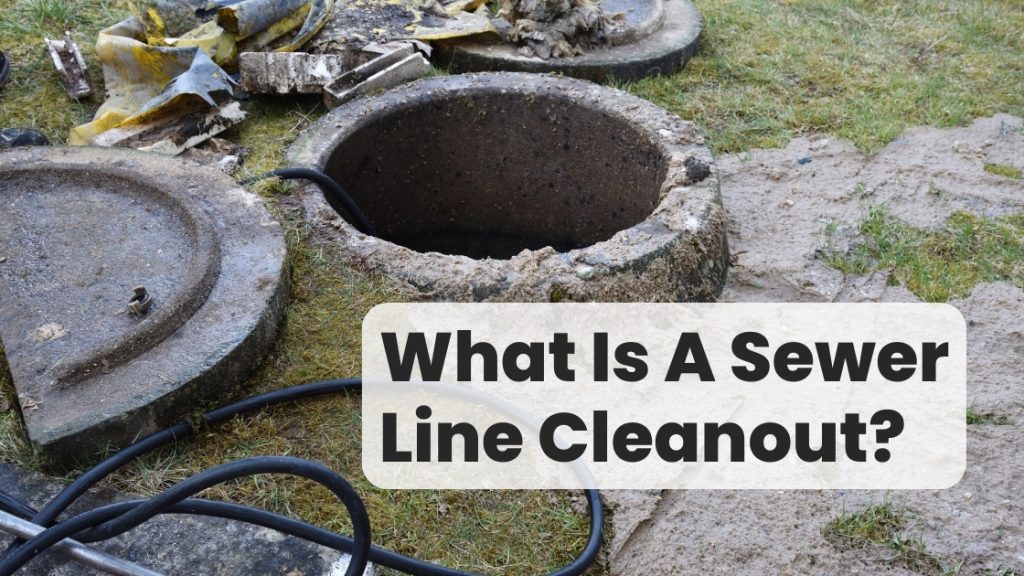Currently Empty: $0.00
Heat Pump Installation Guide: Process with Essential Maintenance Tips
If you’re considering a heat pump installation, you’re making a wise decision regarding energy efficiency and cost savings in the long run. However, the procedure of heat pump installation requires a bit of planning and expertise to ensure that the heat pump is installed correctly. This adviser will walk you through the entire heat pump installation procedure and cover the essential maintenance point for optimal heat pump performance.
Contents
Selecting the Right Heat Pump for Your Needs
Choosing a heat pump can be a daunting task, but with the right information, you can make an informed decision. Here are some factors to consider when selecting a heat pump:
Type of Heat Pump
There are three main types of heat pumps: air-source, geothermal, and ductless mini-split. Air-source is the most common, and it works by extracting heat from the air outside and transferring it to your home’s interior. Geothermal heat pumps use the stable temperature of the ground for heating and cooling. Ductless mini-split heat pumps are ideal for homes without ductwork.
Energy Efficiency Rating
When selecting a heat pump, look for one with a high Seasonal Energy Efficiency Ratio (SEER) rating for cooling and a high Heating Seasonal Performance Factor (HSPF) for heating. A higher rating means greater energy efficiency, which results in lower operating costs.
Size Requirements
The size of the heat pump you need depends on the square footage of your home, your insulation levels, and your heating and cooling demands. A heat pump that is too small for your home will work too hard and wear out faster, while a unit that is too large will waste energy and money.
Professional Installation
It is crucial to have a professional HVAC installer assess your home’s heating and cooling needs and recommend the right heat pump for your specific requirements. Professional installation will ensure the heat pump performs optimally and efficiently.
What Are the Key Considerations for Expert Heat Pump Installation Services?
The Heat Pump Installation Procedure
Installing a heat pump requires proper planning and execution. Below we outline the step-by-step procedure involved in the heat pump installation procedure.
Step 1: Site Preparation
Before the installation procedure begins, ensure the site is ready for the heat pump installation. The area around the outdoor unit should be cleared of any obstructions, and the contractor can begin the installation procedure.
Step 2: Ductwork Modifications
If your previous heating or cooling system was not forced air, modifications to the ductwork may be necessary. Consult with your contractor to determine if any changes to the ductwork will be needed.
Step 3: Electrical Connections
Installation of the electrical system requires a licensed electrician. The electrician will ensure that the wiring is sufficient and safe for your new system.
Step 4: Refrigerant Line Installation
The refrigerant lines connect the indoor and outdoor units. The lines must be installed correctly to avoid leaks. Your contractor will choose the appropriate size and length of refrigerant lines based on the system’s needs.
Step 5: Heat Pump Positioning
Proper positioning of the heat pump unit is essential for optimal performance. The heat pumps should be positioned in a location that allows for sufficient airflow and easy access for maintenance.
Step 6: Final Testing and Inspection
Before the installation procedure is complete, a final inspection and testing of the system are necessary. The testing includes ensuring the system is functioning correctly, and no leaks are present.
By following these steps, you can ensure that your heat pump system is installed correctly, and will function efficiently for many years to come.
Essential Maintenance point for Optimal Heat Pump Performance
Regular maintenance is essential to ensure that your heat pump operates efficiently throughout the year. Here are some point to help you keep your heat pump in top shape:
- Regular Filter Cleaning or Replacement: Dirty filters can restrict airflow and reduce your system’s efficiency. Clean or replace your air filters every month during heavy use seasons, and at least once every three months in low use seasons.
- Coil Cleaning: Dirt and debris can accumulate on the evaporator and condenser coils, reducing your system’s efficiency. Clean the coils yearly or as needed, and trim any vegetation around the outdoor unit to ensure proper airflow.
- Lubrication of Moving Parts: Friction can cause wear and tear on your system’s moving parts. Lubricate the motor and bearings annually to ensure optimal performance.
- Inspection of Electrical Connections: Loose or corroded electrical connections can be dangerous and interfere with your system’s efficiency. Inspect electrical connections regularly and tighten any loose connections.
- Thermostat Calibration: A poorly calibrated thermostat can lead to inaccurate temperature readings and inefficient operation. Test and calibrate your thermostat annually to ensure optimal performance.
Professional Maintenance
While there are some maintenance tasks you can perform on your own, it’s always a good idea to have a professional inspect your heat pump annually. Professional maintenance can help identify and address any potential issues before they become major problems, ensuring that your heat pump operates at peak efficiency.
Troubleshooting Common Heat Pump Issues
While proper maintenance can prevent many heat pump issues, occasional problems may still arise. Here are some of the most common heat pump issues and troubleshooting point to help you address them.
Insufficient Heating or Cooling
If your heat pump is not providing adequate heating or cooling, check the air filter first. A dirty filter can restrict airflow and reduce efficiency. If the filter is clean, the problem may be with the thermostat, which could be set incorrectly, malfunctioning, or placed in a poor location. Check if the thermostat is operating correctly, and ensure it is set to the desired temperature. If none of these solutions work, call a technician to diagnose the problem.
Strange Noises
Heat pumps are designed to operate quietly, so if you hear unusual noises, it could indicate an issue. Grinding or rattling noises may indicate a problem with the compressor or blower motor, while hissing or gurgling sounds may indicate a refrigerant leak. If you hear any strange noises, turn off the heat pump immediately and call a professional to diagnose and repair the issue.
Freezing Coils
Frozen coils can prevent your heat pump from providing effective heating or cooling. Check the air filter first, as a dirty filter can cause freezing coils. If the filter is clean, your heat pump may have low refrigerant levels or a malfunctioning defrost cycle. Call a technician to diagnose and repair these issues.
Thermostat Malfunctions
A malfunctioning thermostat can cause a range of heat pump issues. If the thermostat display is blank, check the batteries first. If the display is still blank, it could indicate a blown fuse or tripped circuit breaker. If the display is working but the thermostat is not registering temperature changes, it may be incorrectly calibrated or malfunctioning. These issues may require professional attention.
By understanding the common issues with heat pumps, you can troubleshoot problems when they arise. Remember to always refer to the manufacturer’s instructions and call a professional when necessary to ensure the safe and efficient operation of your heat pump.
Conclusion
In conclusion, it is evident that proper installation and regular maintenance are crucial for the optimal performance and lifespan of your heat pump. This adviser has comprehensively covered the heat pump installation procedure, from selecting the right unit to maintenance and troubleshooting. If you find yourself in Canyon, CA, and are in search of top-notch heat pump installation services, consider exploring heat pump installers in American Canyon, CA, catering to all your plumbing requirements.
